Formula 1
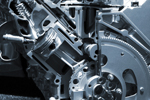


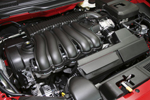
precision engineering for formula 1
Formula 1 engineering is managed with care at Alpha Precision to ensure that delivery promises are met without impacting on the existing customer base. The precision engineering demands of F1 components always set a challenge for both accuracy and delivery. The quest to improve performance, reduce weight or assist endurance keeps F1 at the forefront of development and with high spending power, maintains F1 as a ‘precision engineering industry’, in a league of its own.
Following a successful season with many new teams now competing the FIA have made a number of regulation changes that will have a major impact during the 2013 season.
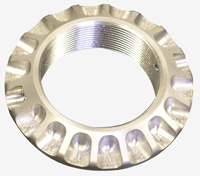 The moveable front wing used in 2010 has been dropped and the adjustable rear wing has been approved.
The moveable front wing used in 2010 has been dropped and the adjustable rear wing has been approved.
It can only be adjusted through a set range of incidence and may only be activated when a driver is less than 1 second behind another car at pre-determined points on the track.
With the return in 2011 of KERS (Kinetic Energy Recovery Systems), used in combination with the adjustable rear wing, they are designed to boost overtaking.
KERS take the waste energy generated under braking and turns it into additional power. This is then made available to the driver in fixed quantities per lap via a steering wheel mounted “boost button”.
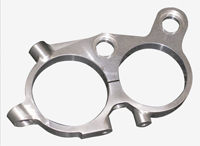 Neither of the systems are compulsory.
Neither of the systems are compulsory.
Now that there is no refuelling during the race, tyre changes only are allowed, the tanks are bigger and the minimum car weight has been upped by 20kg to 640kg.
The tyre manufacturer has changed and for the next 3 years Pirelli take over as the sport’s sole supplier.
The tyre allocation has been reduced and there are strict rules for their use and when they are used.
There are two specifications of dry-weather tyre. The driver must use both types during each “dry weather” race or 30 seconds will be added to the driver’s race time.
Various colours for the tyre sidewall lettering distinguishes the tyres in use.
A qualifying rule has been introduced and any driver who fails to set a lap speed within 107% of the fastest Q1 time will not be allowed to start the race. In exceptional circumstances, which could include a driver setting a suitable time during practice, the stewards may permit the car to start.
FIA regulations state that teams may have no more than two cars available at any time. Spare cars are no longer allowed, although they may bring an additional chassis in case a race chassis is damaged beyond repair.
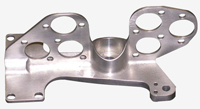 In addition, each driver may use no more than eight engines in a championship season, and, each driver may use no more than one gearbox for five consecutive events or be penalised by grid position.
In addition, each driver may use no more than eight engines in a championship season, and, each driver may use no more than one gearbox for five consecutive events or be penalised by grid position.
The stringent regulations are presenting only minute differences between the teams in the set-up of the cars.
The engineering innovation, technical skills, course management and driving skills are the factors which separate these finely tuned cars.
Alpha Precision are proud of their contribution to the ongoing success of the “cutting edge” industry of the Formula 1 teams.